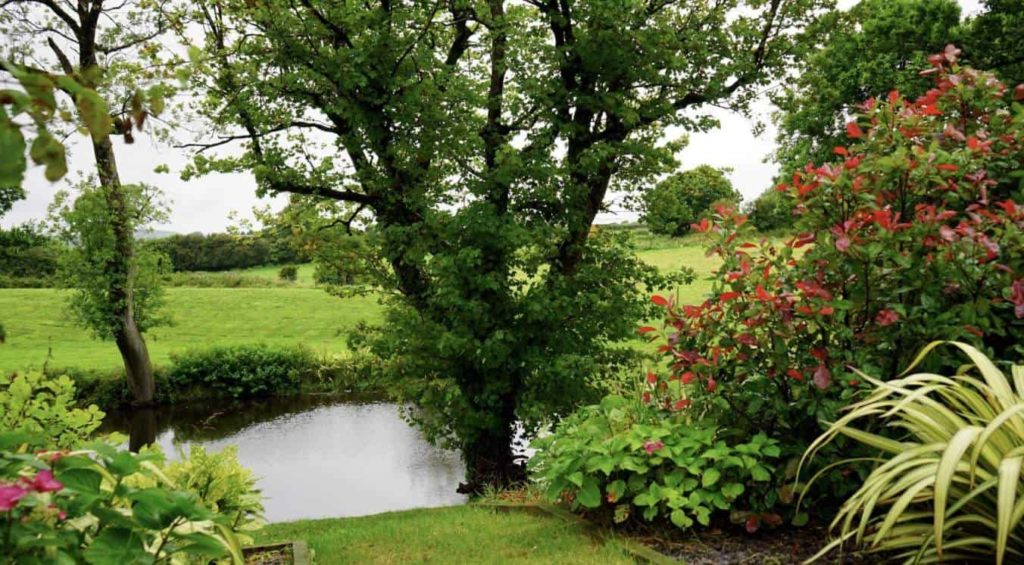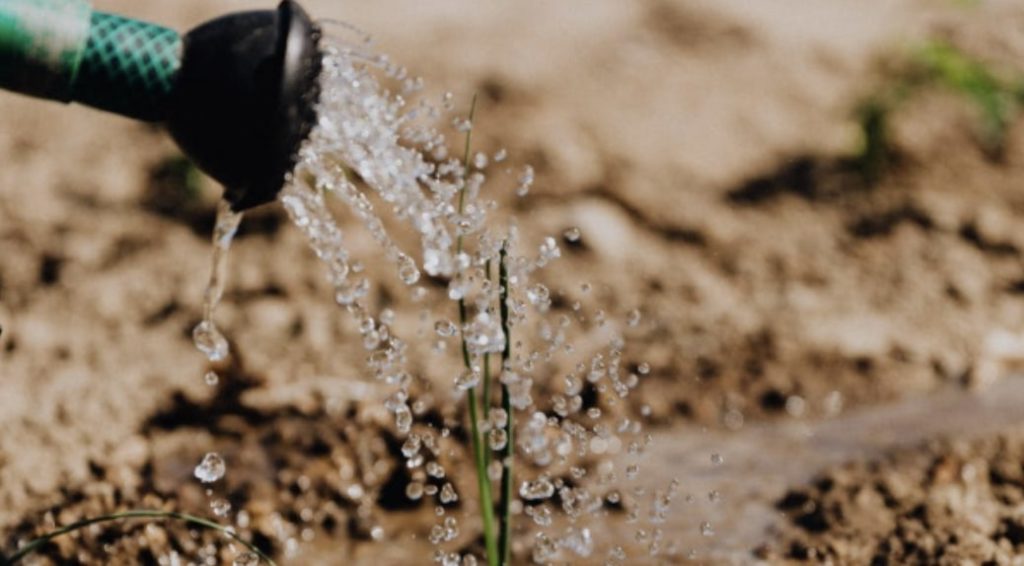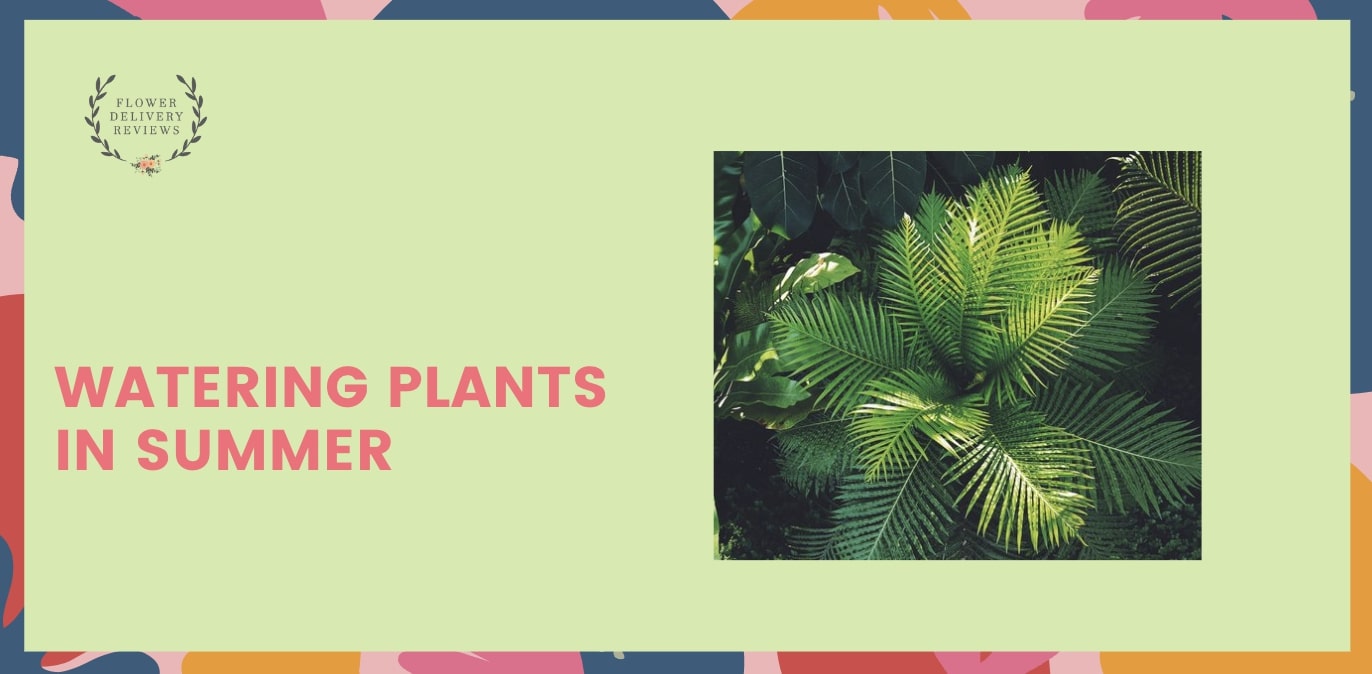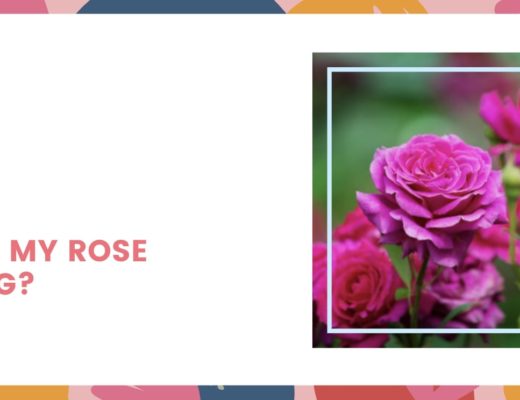Summer heat and dry spells can be torture for your plants. Almost all of them prefer damp soil at all times so that they won’t dry up.
Compared to cooler spring or fall seasons, you should water your plants more in excessively hot conditions. Also, you should care for them in a particular way depending on the plant.
So we’ll show you how to do that in this quick guide here. This way, your botanical friends will grow to be stunning and lively throughout the year.
How to Water Plants in Summer

Each flower or plant has specific watering needs. Some can tolerate some warm and dry weather, while others can’t stand the slightest heat; in short, you cannot water them all the same.
So before you sow the first seed, research when the plant can be grown, when it will bloom flowers or bear fruit, and how frequently and how much you should water them, among other things.
At first, doing this may seem effortful. However, we’re sure you will get used to it and be able to assimilate it into your routine soon, automatically or without even thinking of it.
Once you know how much water you must give your plants, follow it religiously. Most of the time, plants need watering only once a week.
But you should water the plants more often if the heat is intense. Also note that certain plants need deep watering too (about five inches or more below the soil surface) to reach the roots.
Though, keep in mind not to wet the leaves or overwater them because this can lead your plant to have mildew spots, root rot, or pest infestation.
Besides that, mulching is also important for your plants. Its purpose is to help the soil retain moisture and prevent weed growth.
You can spread a layer of mulch on top of the plants, but keep it three inches away from them. This will prevent plant rot and disease as well as promote air circulation.
Using an Irrigation System for Your Garden

If your garden is fairly large, you may have adopted an irrigation system, such as the micro-pore tube system or oscillating sprayers or misters.
This is all well and good, but control the duration of your use each time. Once the soil is watered to a depth of about four inches, you can turn the system off.
Also, it’s best if you water early in the morning, which allows the plants or vegetation to be fresh and well-hydrated.
For eco-friendly plant watering, you can collect some rainwater in a rain barrel or watering can and use it for your flowers and plants. With this, you should get lower water bills by the end of the month.




